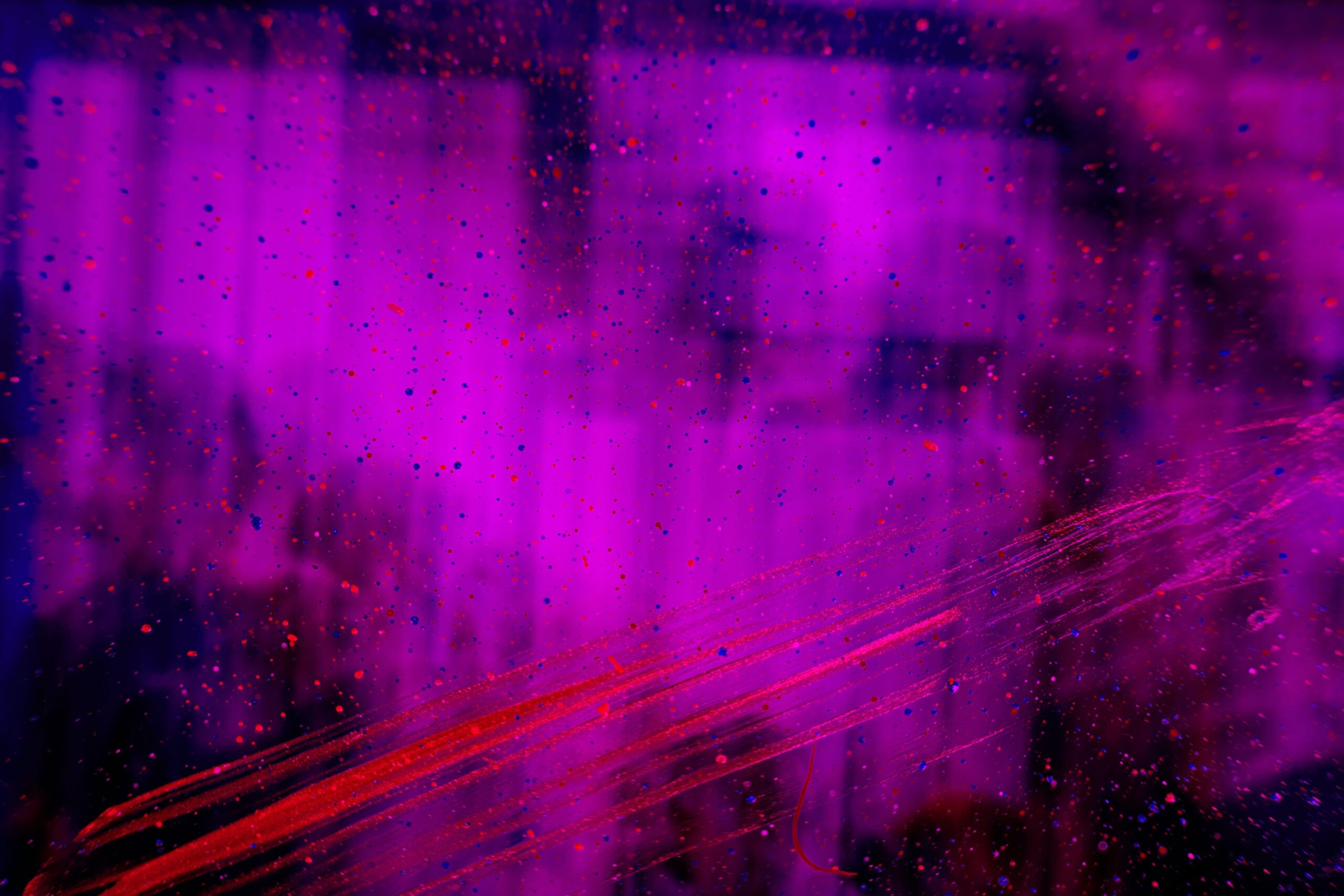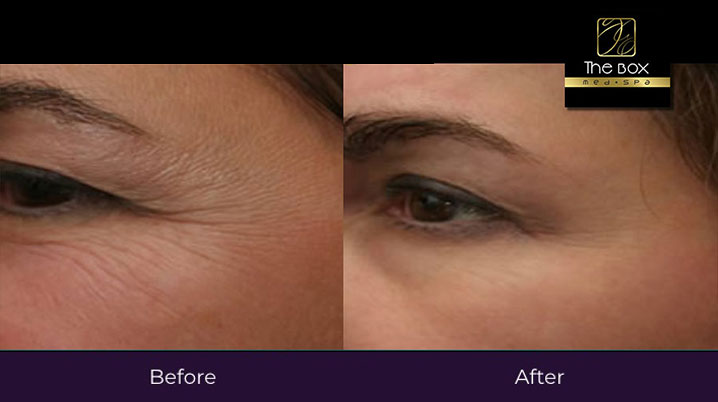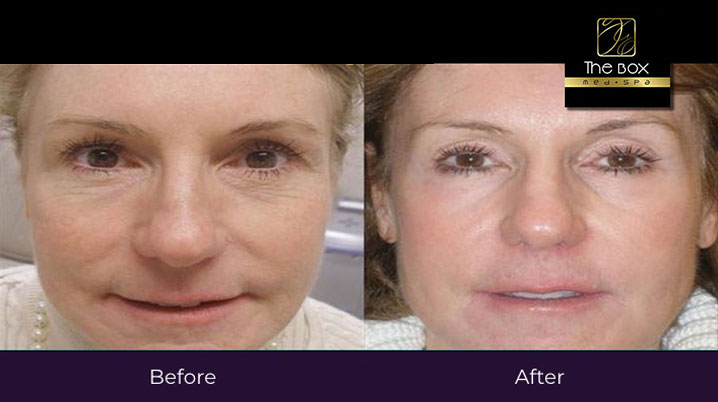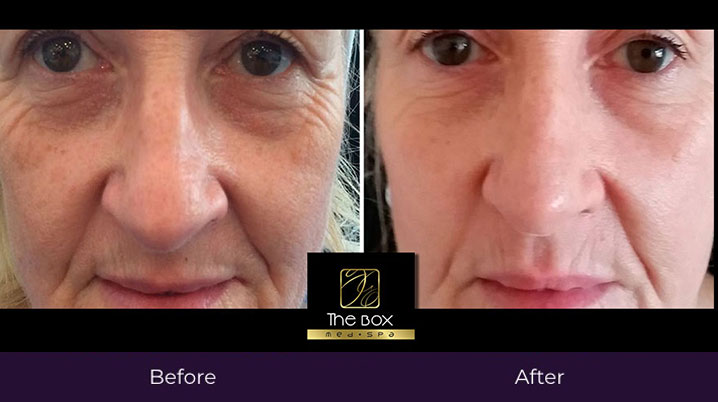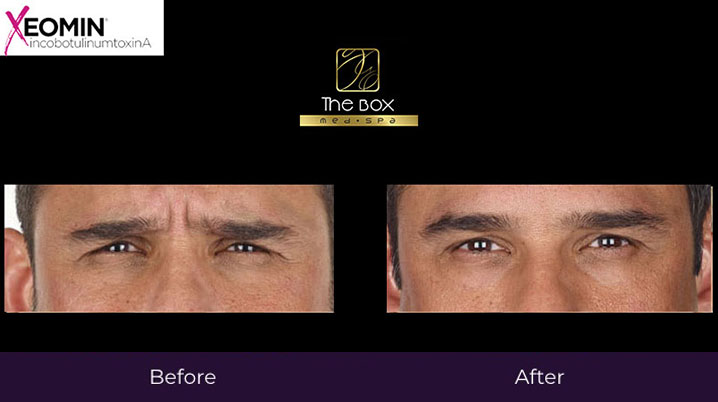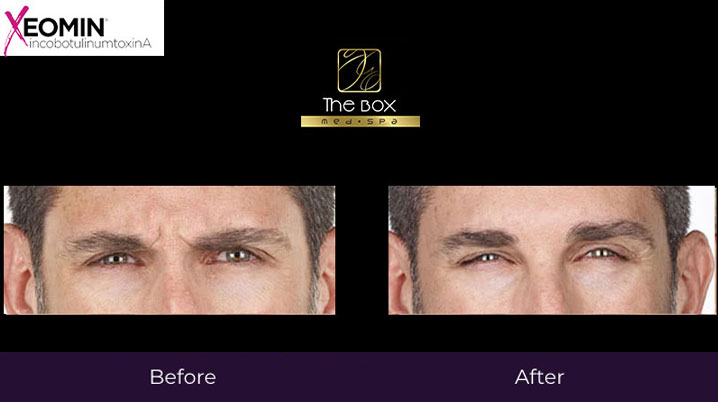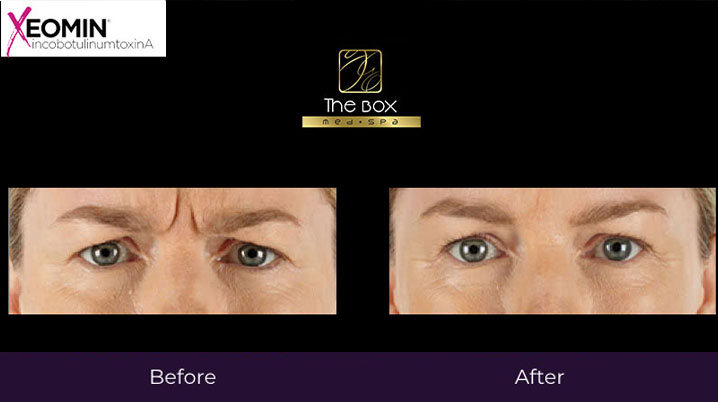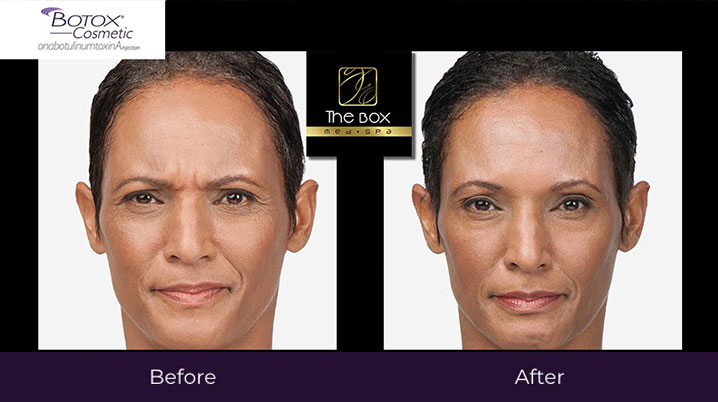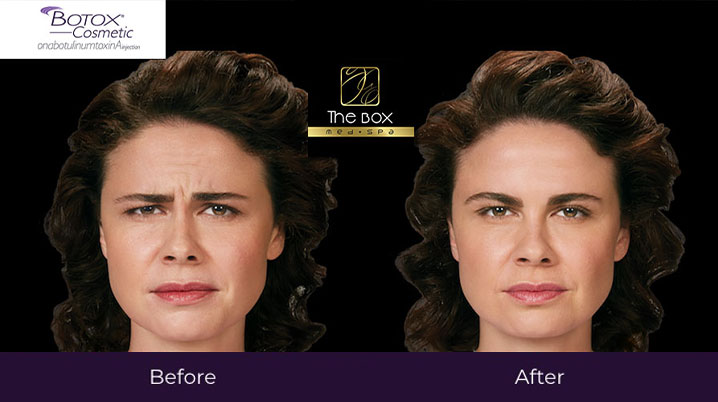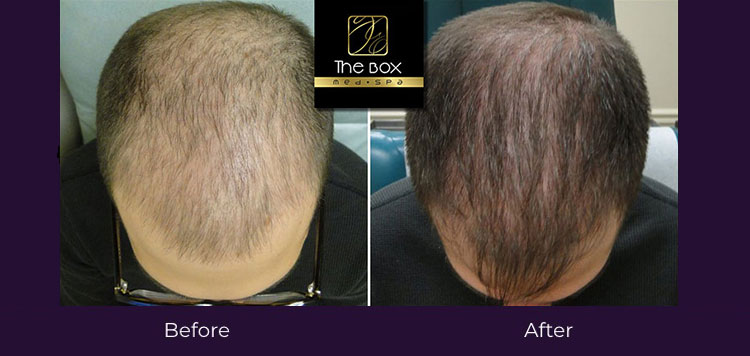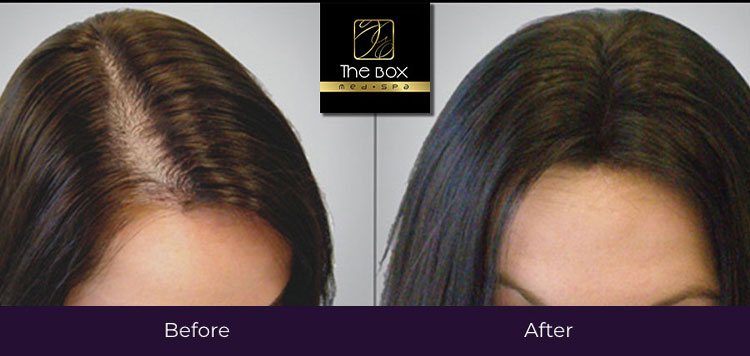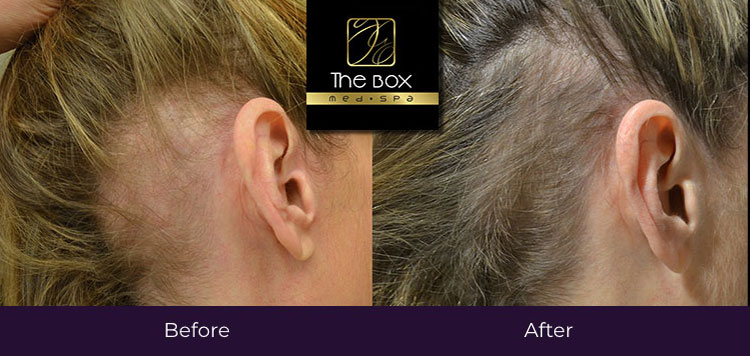Full face laser treatment, also known as laser skin resurfacing, is designed to rejuvenate the skin and treat mild to moderate skin flaws. While not appropriate for everyone, many people are candidates for this treatment, so why is it right for you?
Laser skin resurfacing is intended to treat many types of skin flaws and is designed to be effective for most people, as long as the appropriate laser and treatment options are chosen. Some conditions that are treated by laser skin resurfacing include wrinkles, fine lines, age spots, uneven skin tone, varied skin texture, sun damage, and mild to moderate acne scarring. Now that you understand the basics, you can explore more details about which type of full face laser treatment will help you meet your skin and appearance goals.
Full Face Laser Treatment Methods
Full face laser treatment can be performed in two different ways: ablative or non-ablative. Ablative laser treatment removes the outermost layer of the skin, the epidermis, and heats the dermis. This causes regrowth of the outer layer of the skin with smoother, tighter collagen fibers. Non-ablative laser treatment is a non-wounding treatment that uses lasers to stimulate new collagen growth in the skin.
While a non-ablative treatment is not invasive, it may not be as effective as an ablative treatment. Whether you choose an ablative or non-ablative laser treatment, full face laser treatments should only be performed by professional cosmetic surgeons certified by the American Board of Cosmetic Surgery.
Types of Lasers Used for Treatment
Many different kinds of lasers can be used in full face laser treatment. Each type of laser can be categorized by ablative or non-ablative methods, as well as by how effectively it treats various skin maladies. Ablative lasers can be CO2, erbium, or fractional. Non-ablative lasers can be pulsed-dye, erbium, or fractional.
These are a few types of lasers and what they treat:
- CO2 lasers are best for treating scars, acne, and wrinkles.
- Erbium lasers are most effective for fine lines, wrinkles, and age spots, as they improve collagen quality.
- Fractional lasers are most appropriate for treating age-related changes.
- Pulsed-dye lasers are utilized for treating redness, hyper-pigmentation, rosacea, or broken capillaries.
It is important to note that erbium and fractional lasers can be either ablative or non-ablative depending on the frequency at which they are used. Your cosmetic surgeon can help you select which laser treatment is best based on these treatment categories and your personal goals for your skin.
What to Expect After Treatment
After you and your surgeon identify goals for your skin and choose a laser treatment type, what results can you expect from laser skin resurfacing? Initially, you may experience redness, swelling, and minor irritation from treatment. This may be further aggravated if you opt for an ablative treatment, whereas a non-ablative treatment will not cause wounds that need to heal.
Ablative treatments can require up to 2 to 3 weeks of healing time for full epidermal recovery, where non-ablative treatments may feel healed as early as the same day of treatment. Once this potential irritation has subsided, you will notice tighter and more even skin.
While non-ablative treatment will result in less post-treatment redness and swelling, it will take more time for results to show up. You will still see more even skin tone and texture, but you may not see many differences in wrinkles.
Possible Side Effects
While redness, itching, and swelling are the most common side effects from treatment, you may experience other side effects, just as you would with any medical intervention. Possible side effects include infection, skin color changes, scarring, acne, or lower eyelid turning.
Infection is more common following ablative treatment, as this form of laser is more invasive. You can help reduce your risk of infection by taking a break from environments like the gym, the pool, or the hot tub, where your skin may be exposed to infectious agents. This break should last for 1 to 2 weeks. Be sure to check with your cosmetic surgeon about precautions following your treatment.
Acne can be caused by either ablative or non-ablative treatment, and is most commonly linked to using heavy ointments or creams to treat irritation caused by full face laser treatment. Consult your surgeon about which ointments are the most appropriate for your skin type after your treatment. Lower eyelid turning, scientifically called entropion, can occur with all laser treatment in the face but is very rare.
Get Screened Before Treatment
To avoid more dramatic side effects, you should consult a medical professional, who can screen you for precautions or contraindications to laser skin resurfacing. Some reasons that you may not be eligible for full face laser treatment include taking acne medications in the last year, autoimmune diseases, history of or current cold sore infections, tendency for thick scarring, history of radiation treatment in the face or neck, dark skin tone, and pregnancy. While not all of these are strict rules, such as dark skin tone, they may prompt a longer discussion about which full face laser treatment is best and most appropriate for your specific case.
Do Your Research
Now that you have detailed information about full face laser treatment, consider what would be best for you. Find cosmetic surgeons in your area that specialize in laser skin resurfacing. Research which options each surgeon has for you and which laser category, ablative or non-ablative, and laser type: CO2, Erbium, pulsed-dye, or fractional, would be most appropriate for your skin. It may be helpful to write down goals that you have for your skin and yourself following laser skin resurfacing. These written ideas can help narrow your options or guide your conversation when you meet with a cosmetic surgeon to discuss treatment.
Skin goals do not have to be limited to physical characteristics like clearing scars or decreasing wrinkles. They can be related to more personal factors like improving your confidence, increasing self esteem, or even changing your feelings about social situations. Remember to be honest and open with your healthcare provider to see the best results from any treatment you seek. This includes honesty about your goals and wishes from care, but also about previous treatments, medications, or issues in your medical history that might prohibit you from using certain forms of laser intervention. With your goals in mind, it’s clear to see why full face laser treatment is right for you.

